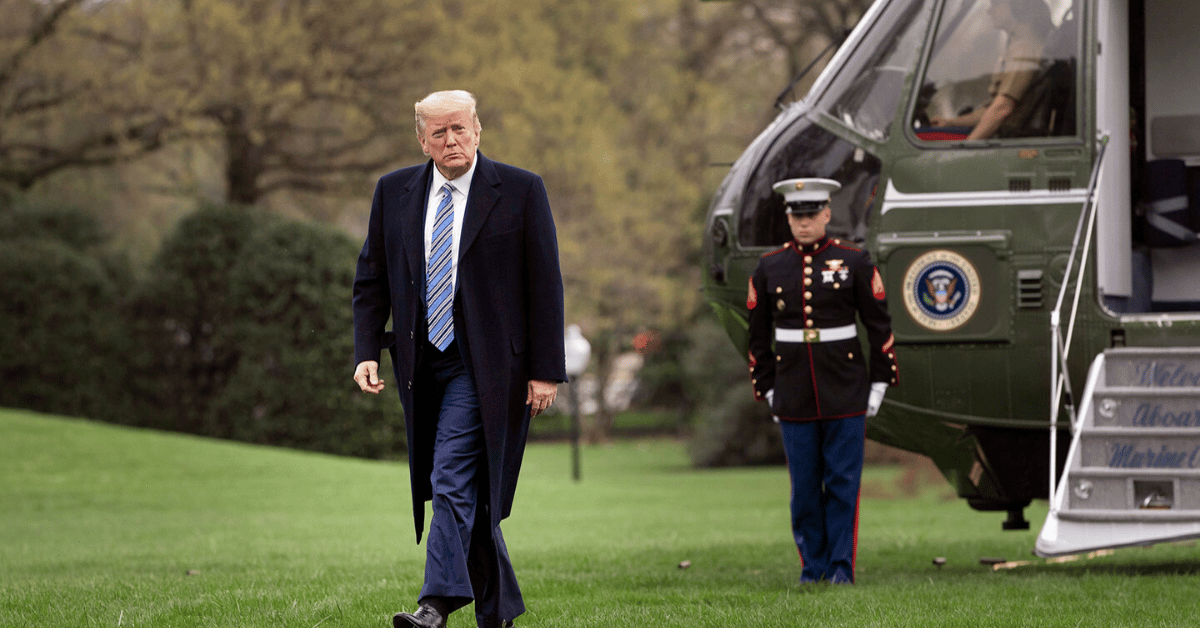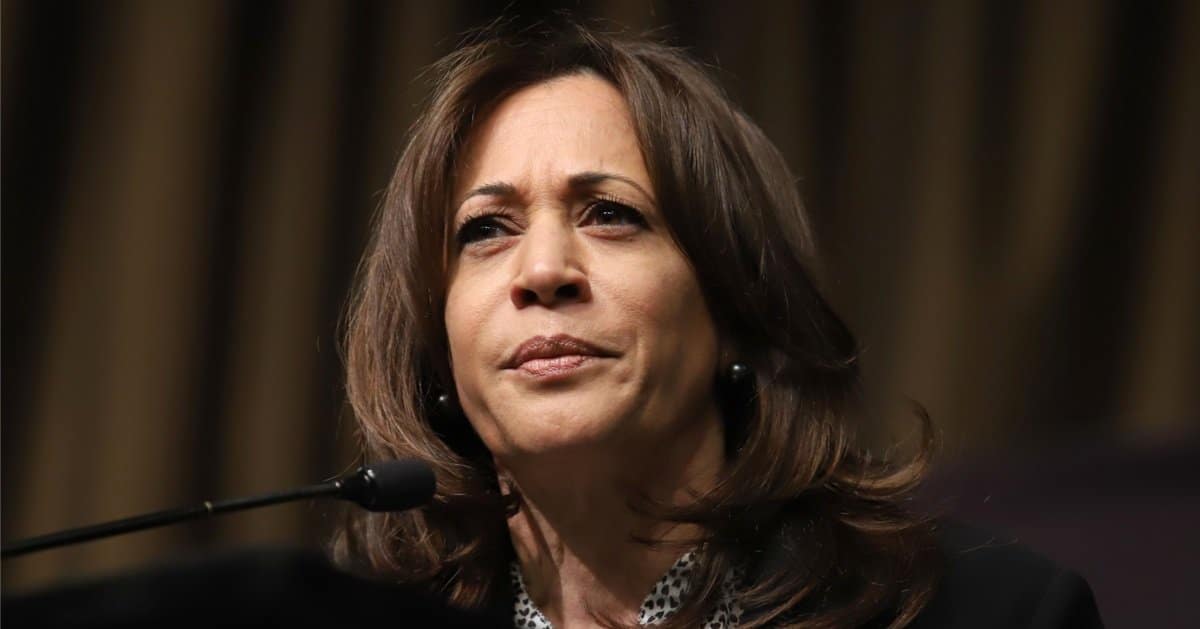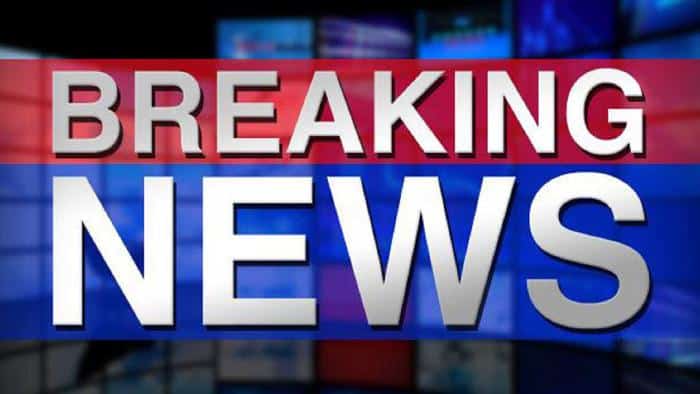



President Donald Trump’s pen slashed through economic red tape on July 4, 2025, signing a colossal tax and spending bill that’s already sparking cheers and jeers.
House Speaker Mike Johnson called it a “big, beautiful bill,” and for good reason—it’s a 940-page behemoth that promises to reshape the financial landscape for millions, according to Fox News.
On Friday, Trump inked the megabill at the White House, a move that cements his second-term agenda with tax cuts and bold spending priorities. The legislation permanently extends the 2017 tax cuts, boosts military investments, and aims to secure the border for good. It’s a Republican victory lap, but critics argue it’s a sprint toward inequality.
Johnson handed Trump the gavel post-signing, a symbolic nod to the bill’s significance. He later hit the airwaves on “Fox News Sunday,” touting the bill as a “huge leap forward” for GOP goals. His enthusiasm is hard to miss, but so is the Democratic pushback that’s already brewing.
The bill’s heart lies in its tax provisions, slashing rates for those earning $30,000 to $80,000 by 15%. Johnson claims it’s the “largest savings for taxpayers” ever, targeting hardworking Americans with relief on tips, overtime, and senior benefits. Yet, Rep. Glenn Ivey argues the cuts for the wealthy are permanent, while workers’ breaks have an expiration date.
“We’re giving everybody a tax cut,” Johnson told Shannon Bream, predicting an economic surge like “jet fuel.” He’s banking on small businesses and farmers thriving under lighter tax burdens. But Democrats like Ro Khanna dismiss it as favoring the elite, a charge Johnson brushes off as “old, tired talking points.”
The Council of Joint Economic Advisers projects a rosy future: 3% growth, 4 million jobs, and $13,000 more in household pay. These numbers are catnip for conservatives, who see a roaring economy ahead. Skeptics, though, question whether the benefits will trickle down as promised.
Beyond taxes, the bill tackles border security with permanent measures, a nod to Trump’s long-standing priorities. Johnson insists it’ll restore “American energy dominance” and fund the military to counter China’s growing influence. These provisions are red meat for MAGA supporters, but they’re a tough sell for progressives.
“We’re going to secure the border permanently,” Johnson declared, tying it to economic gains. He argues that energy and defense investments will supercharge growth. Critics, however, see it as a bloated wish list that sidesteps pressing domestic needs.
The bill’s 940 pages were read aloud on the Senate floor, a 19-hour marathon that tested even the most caffeinated aides. Johnson quipped that Ivey probably didn’t read it, a jab that lands with a smirk but sidesteps the substance of Democratic concerns. The sheer size of the legislation invites scrutiny, and not everyone’s buying the hype.
Democrats aren’t just grumbling—they’re strategizing. The DCCC issued a memo predicting the bill will cost Republicans the House in 2026. Their logic? Voters will resent tax cuts that seem to favor the rich while leaving workers with temporary relief.
Rep. Ro Khanna and DNC Chair Ken Martin echoed this, slamming the bill as unfair. Johnson’s response? He’s betting the economic boom will silence naysayers, with “more take-home pay” proving the GOP’s case.
“This is a great thing for people who go to work every day,” Johnson said, doubling down on the bill’s populist appeal. He predicts voters will ride an “economic high” by the 2026 elections. But if the benefits skew upscale, that high could crash fast.
Johnson’s not stopping here—he’s already teasing two more bills by spring 2026. His three-tier plan aims to keep the momentum, with a second reconciliation package by fall 2025. It’s ambitious, but conservatives are hungry for more wins.
“You’ll see more of us advancing these common-sense principles,” Johnson promised, framing it as the “America First” agenda voters backed. He’s counting on tangible results to drown out Democratic noise. Still, the road to 2026 is long, and political winds shift fast.



